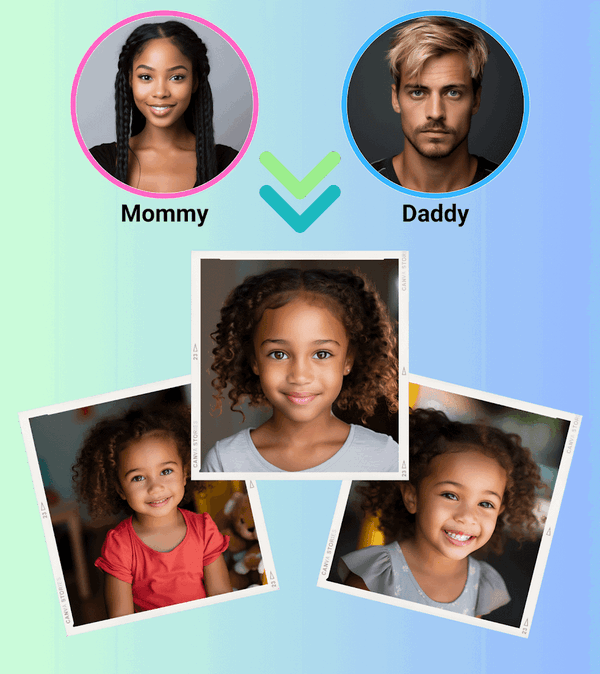The anticipation of a new baby brings excitement and curiosity, particularly regarding what the child will look like. This question often leads to discussions about genetics, features inherited from parents, and even the influence of modern technology. In this article, we will delve into the science of genetics, explore tools that predict baby appearances, and consider the ethical implications of such predictions.
Understanding Genetics
Basic Principles of Genetics
Genetics plays a crucial role in determining a child’s physical traits. Each parent contributes half of their DNA to their offspring, which contains genes responsible for various characteristics such as:
- Eye color: Determined by multiple genes, with brown being dominant over blue.
- Hair color: Influenced by several genes that control the type and amount of melanin produced.
- Height: A polygenic trait influenced by multiple genes and environmental factors.
Dominant and Recessive Traits
Understanding dominant and recessive traits is essential in predicting what features a baby might inherit. For example:
- Dominant traits: Traits that are expressed even if only one parent carries the gene (e.g., brown eyes).
- Recessive traits: Traits that require both parents to carry the gene for it to be expressed (e.g., blue eyes).
Genetic Variation Among Siblings
Siblings can have different appearances due to the random assortment of genes during reproduction. This genetic variation means that even children from the same parents can look remarkably different from one another.
The Role of Parental Traits
Physical Features
Parents often wonder how their own features will manifest in their child. Key aspects include:
- Facial structure: Jawline, cheekbones, and nose shape can be inherited.
- Skin tone: A combination of both parents’ skin tones will influence the baby’s complexion.
Health Considerations
In addition to physical traits, genetic predispositions to certain health conditions may also be passed down. Parents should consider discussing family health history with healthcare providers to understand potential risks for their child.
Predictive Technology
AI and Baby Prediction Apps
Recent advancements in technology have led to the development of applications that use artificial intelligence to predict what a baby might look like based on parental photos. These apps analyze facial features and provide a visual representation of potential offspring. However, it is important to note that these predictions are not scientifically accurate but can be fun for expectant parents2.
Genetic Testing
Genetic testing can provide insights into potential inherited traits and conditions. Technologies like CRISPR are being explored for their ability to edit genes before birth, raising ethical questions about “designer babies”—children whose genetic characteristics are selected by parents4.
Cultural Perspectives on Baby Appearance
Societal Expectations
Cultural norms often shape expectations regarding beauty and desirability in children. Parents may feel pressure to have children who fit certain aesthetic ideals, which can influence decisions around genetic testing or modification.
Ethical Implications of Designer Babies
The concept of designer babies raises significant ethical concerns:
- Equity: Access to genetic modification technologies may not be equal across socioeconomic classes.
- Natural diversity: There is concern over reducing genetic diversity if specific traits become highly sought after.
Conclusion
The question “What will my baby look like?” encompasses a fascinating blend of genetics, technology, and societal influences. While we cannot predict with certainty how a child will appear, understanding the underlying principles of heredity can provide some insight. Additionally, as technology evolves, so too do our capabilities—and responsibilities—regarding how we approach the creation of future generations. This outline provides a comprehensive framework for an article exploring various dimensions related to predicting a baby’s appearance. Each section can be expanded with more detail and examples to reach the desired word count while maintaining reader engagement through informative content.
